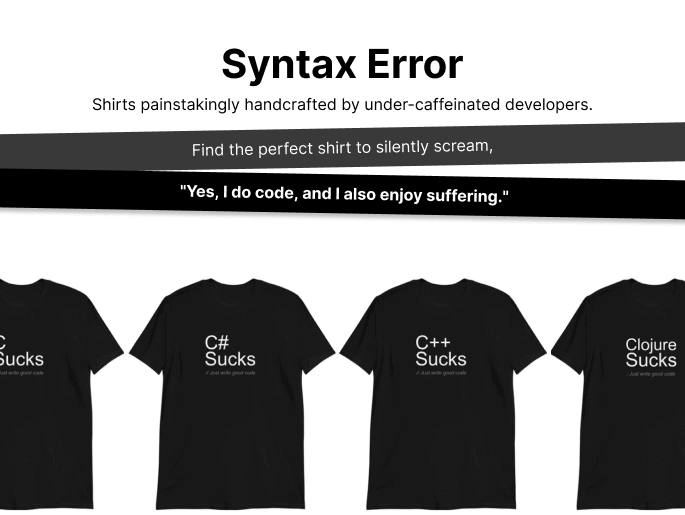Source: www.alluxio.io
Bursting Your On-Premises Data Lake Analytics and AI Workloads on AWSCategory: Database, Data, artificial-intelligence
We think you might be interested in this job:
Prismatic
Applications and data catalogs remain unchanged even when hot or archival data is selectively moved from storage on-premises to Amazon S3.With data in S3, it’s made available for other AWS platforms such as:Amazon SageMaker to build, train, and deploy machine learning models.AWS Glue with crawlers to create a data catalog for the migrated data.Amazon Athena and Amazon QuickSight for business analytics and visualization.Getting StartedIn the following tutorial, I will look at how to use Alluxio to bridge the gap between on-premises data and compute engines on AWS.
Alluxio bridges the gap for data access by orchestrating data movement between cloud compute and a data lake on-premises.Incremental migration is an appealing solution to reduce compute resource contention on-premises by accelerating AWS adoption for agility and cost efficiency.To get started with “zero-copy” hybrid cloud bursting to migrate your on-premises workloads to AWS, visit alluxio.io or this how-to guide for more details on the free trial.ResourcesBlogWhite PapersTech TalksCase StudiesEventsSlides from talksVideosOpen SourceCommunityDownloadMailing ListSlackPowered By AlluxioNewsletterSupportDocumentationAccount Sign InPricingServices & SupportContact UsCompanyAboutCareersNews & PressAwardsPartners © Copyright 2020 Alluxio, Inc. All rights reserved.
Related Articles
Community Partners
DevOps Careers









